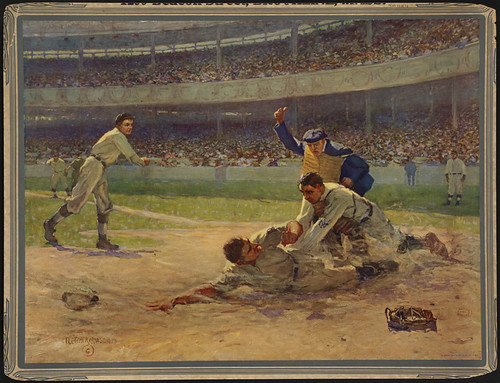Note: This article was originally submitted as a paper for the 2021 Big Data Cup. Many thanks to Stathletes and the Ottawa Hockey Analytics Conference for the data and opportunity.
Power plays provide a great opportunity for teams to create offense. The time and space afforded by the opponent having one less player on the ice allows the power play team to better control the puck and work towards high-danger scoring opportunities.




